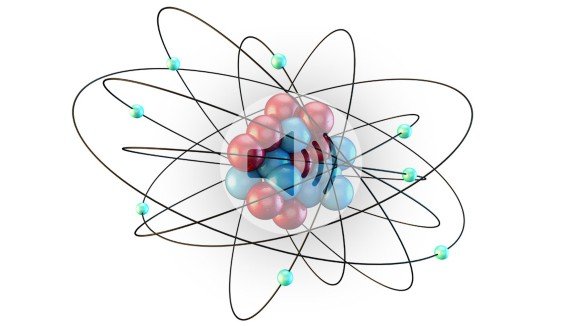A new oxygen isotope, oxygen-28, having 12 additional neutrons in its nucleus, has been discovered by scientists employing sophisticated equipment and experimental knowledge.

A new oxygen isotope, oxygen-28, having 12 additional neutrons in its nucleus, has been discovered by scientists employing sophisticated equipment and experimental knowledge. The isotope appears to decay quickly after being created, which, if duplicated, might update assumptions about the structure of atomic nuclei.
A physicist from the Tokyo Institute of Technology named Takashi Nakamura is collaborating with others to better understand the strong nuclear force that keeps protons and neutrons together in the nucleus of an atom. To investigate the physics of neutron stars, they are pushing hypotheses by bombarding light nuclei with more neutrons, such as oxygen.
According to current beliefs, atomic nuclei with a certain ratio of protons to neutrons are naturally stable. ‘Shells’ in the nucleus are filled with protons and neutrons, which is why.
It becomes extremely difficult to add or remove particles from a shell when it is precisely packed with protons or neutrons. There have been theories that 2, 8, 20, 28, 50, 82, and 126 particles are among these’magic’ numbers. A nucleus becomes “doubly magic” and even more stable if it has the magic number of both neutrons and protons.
Due to its eight protons and eight neutrons, the most common type of oxygen, 16O, is doubly magical. Oxygen-28, with 8 protons and 20 neutrons, has long been predicted to be doubly magic, too. But physicists have not been able to detect it before.
To detect Oxygen-28, radioactive isotopes were created in powerful streams at the Riken RI Beam Factory in Japan. A beryllium target was struck by a beam of calcium-48 isotopes, producing a fluorine-29 isotope with a proton-rich nucleus and neutrons. After that, the researchers slammed 29F into a liquid hydrogen barrier, causing a proton to be knocked out and producing Oxygen-28.
The brief existence of this uncommon type of oxygen precluded direct observation. Instead, the researchers discovered its decay products: oxygen-24 plus four neutrons, a measurement that was thought to be impractical just a few years prior.
Researchers have made a huge development in the discipline by discovering four neutrons at once for the first time. Because neutrons can’t be manipulated like protons can, they resemble ghosts.
A powerful detector borrowed from the GSI Helmholtz Centre for Heavy Ion Research in Darmstadt, Germany, was utilized to examine individual neutrons. Arriving neutrons are detected by the detector when they cause protons to move.
Yosuke Kondo, the study’s primary author, validated these data using simulations. Due to their absence of electrical charge, neutrons are said to be “like ghosts”.
According to University of North Carolina at Chapel Hill physicist Robert Janssens, “They’ve really done their homework.” “They performed every check that was possible. It’s an engineering marvel.
Although the team was unable to quantify the lifetime of 28O precisely, Nakamura claims that the isotope did not behave as if it were twice magical – it disintegrated practically immediately after it was created.
“I was surprised,” he admits. “In my opinion, it was double magical. But nature tells us this.
The list of nuclear physics‘ “magic numbers” has several limitations, as demonstrated by Rituparna Kanungo of Saint Mary’s University. She and a group of researchers found in 2009 that the lifespan of 24O, an 8-proton and 16-neutron nucleus that is tightly bonded together, is relatively lengthy. This shows that 16 may possibly be a magical number in some nuclei if they are tightly linked.
“Magic numbers are not immutable,” asserts Janssens.
For the time being, a lot of uncertainties remain regarding the forces that hold nuclei together due to the perplexing characteristics of Oxygen-28. The future is in the daydreams of physicists. Nakamura is interested in finding out if oxygen-30 can be found.
It would be beneficial to compare Oxygen-28 with this heavier, as of yet unidentified, close neighbor since the stability of various isotopes is a relative measurement.
“It’s so simple and so complicated,” explains Janssens. We don’t yet know how many protons and neutrons can be arranged in a nucleus and still have them remain bonded together, he continues. “In other words, what’s the upper limit?”